Table of Contents[Hide][Show]
Look at the back of your personal care product—let’s say, your mousse—and you may see something like “polyquaternium-11.”
This ingredient and related ingredients are all called quats—”quaterny ammonium compounds” that are used in a wide range of products as preservatives, surfactants, and germicides. Some are also used as conditioning agents, giving skin and hair a slippery and smooth feel.
Like many synthetic preservatives, however, some quats can be toxic, causing irritation and allergic reactions in humans, and contributing to environmental harm.
What are Quats?
Quats are chemicals that contain a quaternary ammonium compound (QAC) in their chemical makeup. They’re used in a wide variety of products, including hair conditioners, moisturizers, body washes, bubble bath, liquid hand soap, shaving cream, styling gel/cream, styling mousse, makeup, antiperspirant/deodorant, baby wipes, sunscreens, and acne treatments.
Quats are also used in laundry softeners and anti-static agents, as they help inhibit the buildup of static electricity. This property makes them useful in hairsprays, as well.
Are They Safe?
Quats have long been considered safe, but recent information has raised some concerns. The Association of Occupational and Environmental Clinics, for example, classifies quats as “asthmagens,” which means they can trigger asthma attacks and cause new cases in those who are asthma-free. With more and more kids every day affected by asthma, it makes sense to help reduce exposure to this group of chemicals—especially for children.
Certain quats are considered more dangerous than others. Quaternium-15 is thought to be the worst because it releases formaldehyde, which is a known carcinogen and can also cause allergic reactions.
Another quat called benzalkonium chloride has been found to disrupt natural hormone function, and has been linked with developmental and reproductive toxicity. This quat has also been found to be toxic to aquatic life when washed downstream.
Quats can also cause skin irritation, and with extended use in hair care products, may encourage hair to become dry and brittle. Those with asthma or chronic obstructive pulmonary disease (COPD) should make a point of avoiding these ingredients, because of their potential effect on the airways. When using products like bubble bath, the effects can be enhanced, as the warm water increases inhalation of the vapors.
A report by the Scientific Committee on Consumer safety, an organization in the EU, noted that based on skin reactions and toxicity, one particular quat named “behentrimonium chloride” shouldn’t exceed 3 percent in a rinse-off product, and should measure no more than 0.5 percent in a leave-on product.
Why Take the Risk?
When shopping for personal care and laundry products, it can be difficult to avoid quats altogether. Try to stay away from quaternium-15 and benzalkonium chloride, specifically. Then, do your best to shop from conscientious, eco-minded companies that care about the preservatives they use.
These chemicals aren’t necessary—we have a lot of natural alternatives, including tea tree oil, lemon, honey, propolis, rosemary, vitamin E, and grapefruit seed extract.
To avoid this ingredient, read labels, and stay away from the following:
- Benzalkonium chloride
- Cetalkonium chloride
- Cetrimonium chloride
- Lauryl dimonium hydrolysed collagen
- Stearalkonium chloride
- Diethyl ester dimethyl ammonium chloride
- Dialkyl dimethl ammonium methyl sulfate
- Hydroxethyl methyl ammonium methyl sulfate
- Chemical DTDMAC (ditallow dimethyl ammonium chloride); also called quaternium-18
- Quaternium-18
- Quaternium-26 and other numbers
Do you avoid quats in your products? Where do you shop for safer items?
* * *
Sources
Katie Bird, “‘Quat’ preservatives in cosmetics could play a role in antibiotic resistance,” Cosmetics Design, August 26, 2009, http://www.cosmeticsdesign-europe.com/Formulation-Science/Quat-preservatives-in-cosmetics-could-play-a-role-in-antibiotic-resistance.
“Opinion on Soytrimonium chloride,” Scientific Committee on Consumer Safety, March 27, 2012, http://ec.europa.eu/health/scientific_committees/consumer_safety/docs/sccs_o_091.pdf.
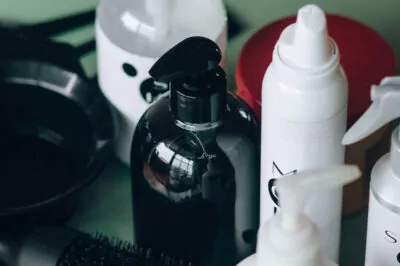

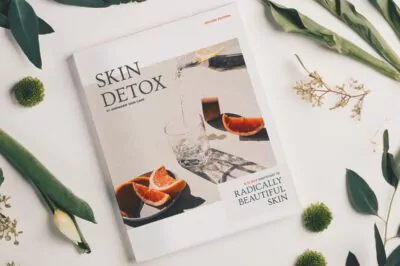
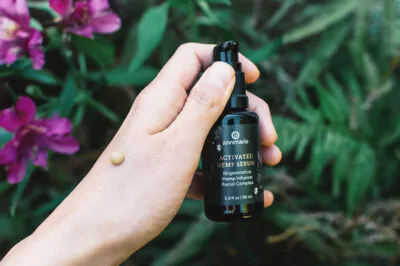
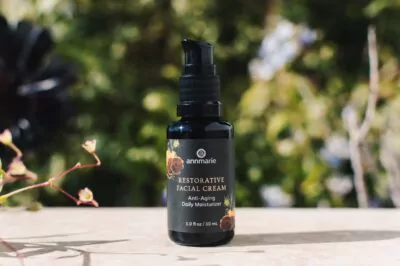
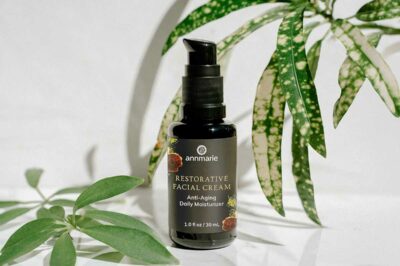


I’m in the process of formulating a new hair mask which uses Quqt. 87. Kindly tell me if it’s safe to use and what’s its alternative. Thank you